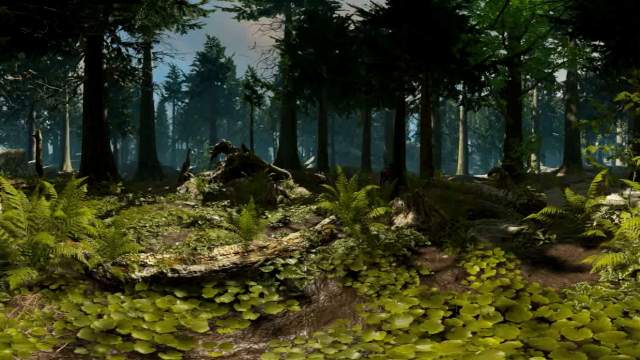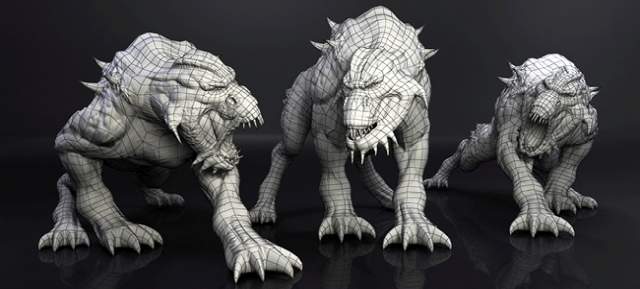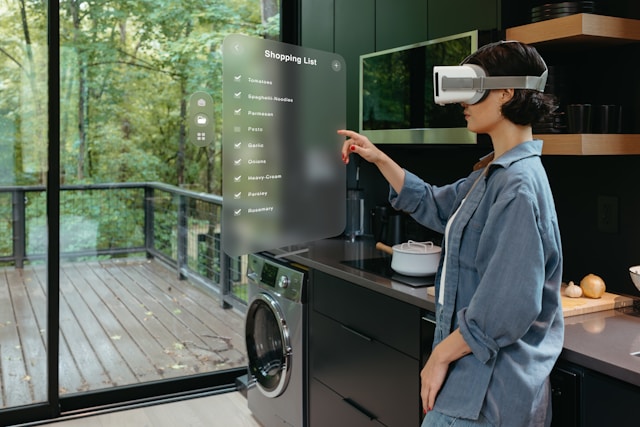Introduction to the Future of VR Content Creation
Okay, so you probably know that virtual reality (VR) isn’t just for gaming anymore. It’s seriously shaking things up in the content creation world. As we cruise into 2025, we’re seeing some major changes all thanks to the creative geniuses working with VR. From immersive learning experiences to next-level digital storytelling, the sky’s the limit. But, what’s all the buzz about? How are these cool innovations changing the game? Let’s dive into this thrilling evolution together.
Revolutionary VR Technologies Transforming Digital Storytelling
One of the coolest parts about VR is its power to transform storytelling. I mean, with the latest VR tech, creators are not just giving us something to watch or listen to, but something you can actually feel. This year, we’ve seen new platforms spring up that let storytellers add sensory feedback—like touch and smell—right into their stories. Picture this: wandering through a virtual forest, feeling the leaves crunch under your feet, and smelling the fresh pine in the air. Yep, it’s pretty wild!

Plus, there’s this thing called extended reality (XR), which mixes both augmented and virtual realities. It’s a game changer for filmmakers and video producers because they can now blend digital elements with real-world scenes. This isn’t just making stories richer; it’s totally transforming how we get pulled into content.
Emerging VR Innovations for Content Creators
Looking at the fresh VR tools made just for content creators, it’s clear that 2025 has been a huge year. Advances in 3D content creation tools have made it way easier and quicker for creators to whip up complex virtual scenes with insane detail. For example, there’s new software that handles real-time rendering and tweaks lighting and textures on the fly based on how users interact. This not only slashes production times but also amps up the creative potential.

What’s more, motion capture tech has gotten so much better at capturing human movements accurately. This is super helpful in sectors like education and training, where realistic simulations can seriously boost how much people learn.
Best VR Tools for Aspiring Content Creators
If you’re itching to jump into VR content creation, getting your hands on the right tools is key. Right now, top-tier VR development suites like the Unity Engine and Unreal Engine offer solid platforms for crafting detailed virtual worlds. And for those just starting out, tools like Adobe Aero are a great way to dip your toes into augmented reality (AR) creation.
Don’t forget the hardware! You’ll need something like the Oculus Quest 3 or HTC Vive Pro, which come with crisp displays and great tracking features to make sure your VR experience is top-notch. And gadgets like haptic gloves and VR treadmills? They’re making virtual experiences feel unbelievably real.
Case Studies of Successful VR Content Creators
Let’s look at some real-life stories to get a feel for how these tools and tech are playing out. Take Sarah Johnson from New York—she’s crafted a VR history lesson that zaps students right back to ancient Egypt. With the Unity Engine and her own 3D models, her app’s now a hit in several schools globally, praised for how engaging and informative it is.
Then there’s Tomás López from Spain. He created an interactive film using Unreal Engine where viewers can steer the plot with their choices in VR. His project didn’t just scoop up awards but also sparked major chatter about new ways audiences can take part in filmmaking.
Opportunities in VR Content Creation for Newcomers
With VR tech becoming more user-friendly, doors are swinging wide open for newbies eager to get into this field. The demand for VR content stretches across various industries like gaming, education, healthcare, and marketing. Each area offers its own set of challenges and rewards for creatives wanting to leave their mark.

- Educate Yourself: Jump into some courses on VR basics, software tools, and application design.
- Invest in Equipment: Get yourself a quality headset and a computer that can handle it.
- Join Communities: Hook up with other creators online to share tips and collaborate.
- Experiment: Start small with simpler projects to hone your skills, then tackle bigger beasts.
- Stay Updated: Keep your finger on the pulse of new VR developments to continuously refine your work and stay relevant.
Conclusion: The Expansive Future of VR Content Creation
Looking beyond 2025, it’s clear VR content creation is only going to get bigger and better. With AI getting cozy with VR, we’re heading toward even more personalized and interactive experiences, blurring the lines between digital and real worlds even more.
For content creators ready to explore this exciting frontier, now’s a fantastic time to dive in. The possibilities? Well, they’re pretty much endless. Whether you’re an artist, teacher, filmmaker, or entrepreneur, embracing these mind-blowing innovations could redefine how you express yourself creatively or succeed in the digital era. So what are you waiting for? What kinds of virtual worlds will you create?
